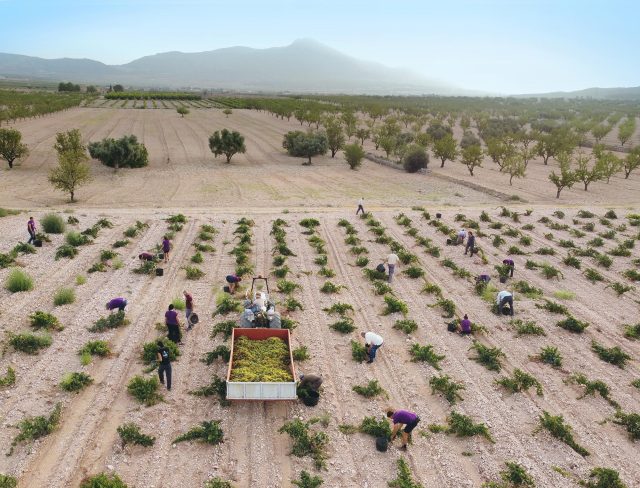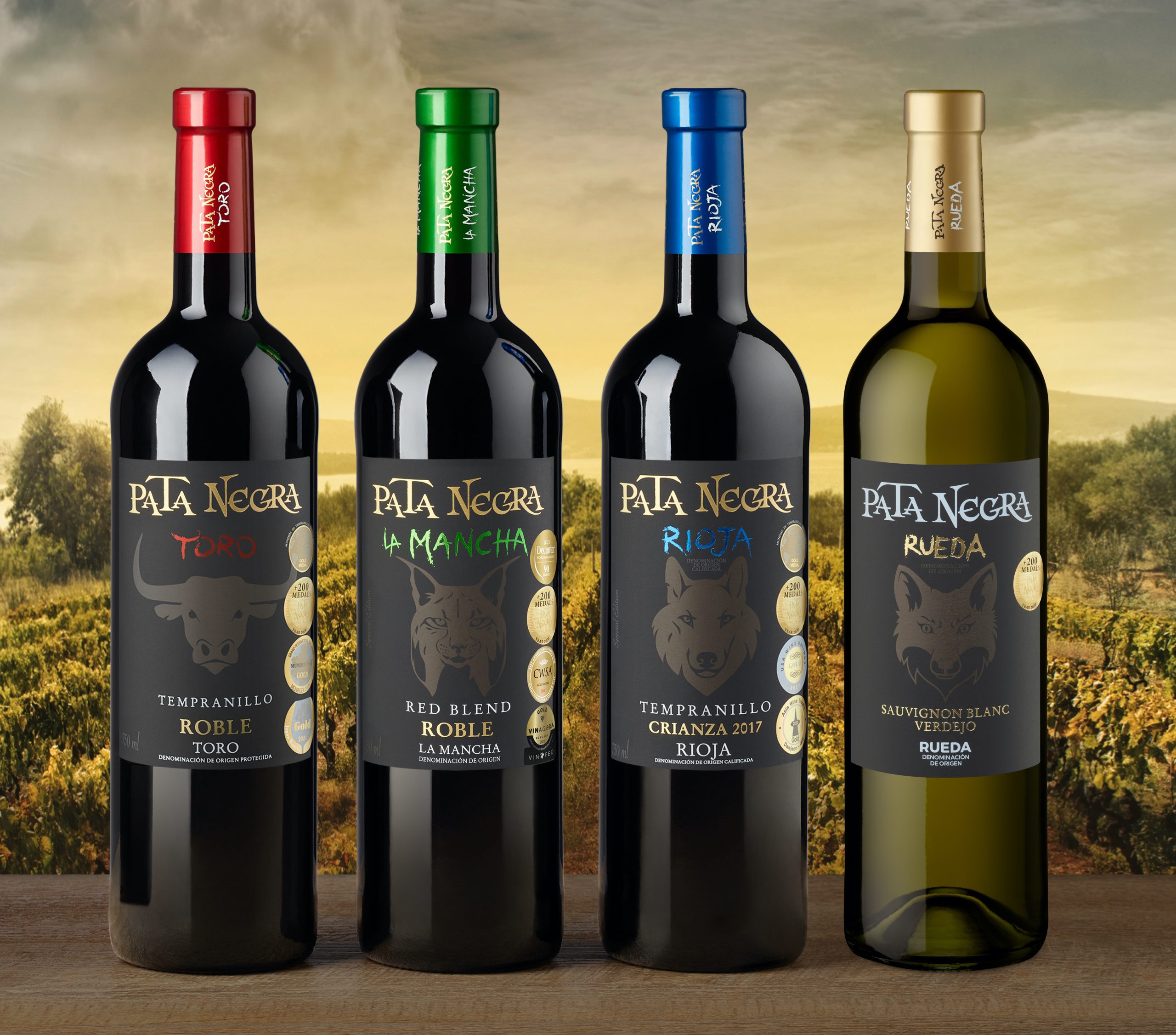Jumilla confirms lowest harvest on record
Spanish winemaking region Jumilla saw a record low harvest in 2024, following three years of drought. Failure to approve “emergency irrigation” could lead to the region turning into a desert, the DO has revealed.

Last October, Jumilla producers indicated that their harvests would be drastically lower than usual due to the persistent drought suffered by the region. As db reported at the time, wineries said they could be looking at an 80% reduction in yields.
Paco Gil, co-owner of Gil Family Estates, which owns bodegas from eight different DOs in Spain, said Jumilla vineyards had been left “on the brink of destruction” following a near complete absence of rain for three years.
Total harvest figures released by DO Jumilla this week paint a bleak picture of volumes following a “nerve-shredding” vine cycle in which things “seemed to go from bad to worse”.
As well as the low rainfall (just 130mm per square metre in 2024 compared with the typical average of 300mm), producers had to contend with “massive, generalised outbreaks of pest attacks such as green mosquito, and the proliferation of rabbits causing devastation in many vineyards,” said the DO.
Despite this, the DO insists that the quality of grapes is high with the 2024 vintage showing “great potential and aromatic expression.” So much so, in fact, that many producers chose not to use a sorting table, given “the small number of bunches per vine and the perfect condition of the fruit as it arrived at the winery.”
Falling numbers
Overall, the 2024 Jumilla harvest was down 14% on 2023, which was itself significantly down on 2022.
Anecdotally, producers told db during a visit to the region that the 2022 harvest was about 20% smaller than the 2021 harvest so numbers have been consistently falling for several years.
According to the wine council, a total of 46,107,918 kg of grapes were harvested in Jumilla in 2024, compared with 53,625,478kg in 2023.
As such, the 2024 harvest represents “a significant decrease compared with the average of the last few years” and the smallest crop size ever recorded in Jumilla.
Partner Content
Desert storm
The Jumilla Wine Council said that in order to provide “a protective barrier against desertification” in the region, the different appropriate authorities “need to reach an agreement on the provision of emergency irrigation, an issue which remains unresolved to this day.”
The record small harvest came as “no surprise” to wineries, which had anticipated a meagre crop after their vines either failed to shoot, or dried out “as a result of not having the possibility to implement irrigation measures.”
Compounding this is the fact that wine producers have to battle it out with fruit tree farmers for water rights.
“Each farmer in Jumilla must buy their own water shares from the local administration. Everyone is allocated a set amount of water, but this is not only to manage vineyards, but also often almond trees, olive trees and other agricultural produce,” explains Esther González de Paz, communications and marketing director for DO Jumilla, told the drinks business in 2022.
“Every farmer has to decide for themselves what to give their water to. This is only the case in Murcia; nowhere else in Spain. And often, the rights for the water cost more than the title for the land.”
Because of this unforgiving reality, Jumilla winegrowers dry-farm 79% of vineyards.
Silver linings
Contrary to what might be expected from such a dry vintage, the average sugar and alcohol levels in Jumilla’s 2024 grapes turned out to be “no higher than in other years, and in some cases even lower, a consequence of less vine foliage, early drying-out and reduced photosynthesis,” the DO revealed.
Another big positive is that Monastrell (the flagship grape of the region) is showing “excellent phenolic ripeness” in 2024. A small amount of rain arrived in Jumilla at the beginning of September, which “slowed down ripeness completion and delayed the harvest until late September.”
The appellation covers more than 20,000 hectares of vines, most of them dry-farmed bush vines grown on limestone soils.
Related news
Wine production could be down 80% in Jumilla




